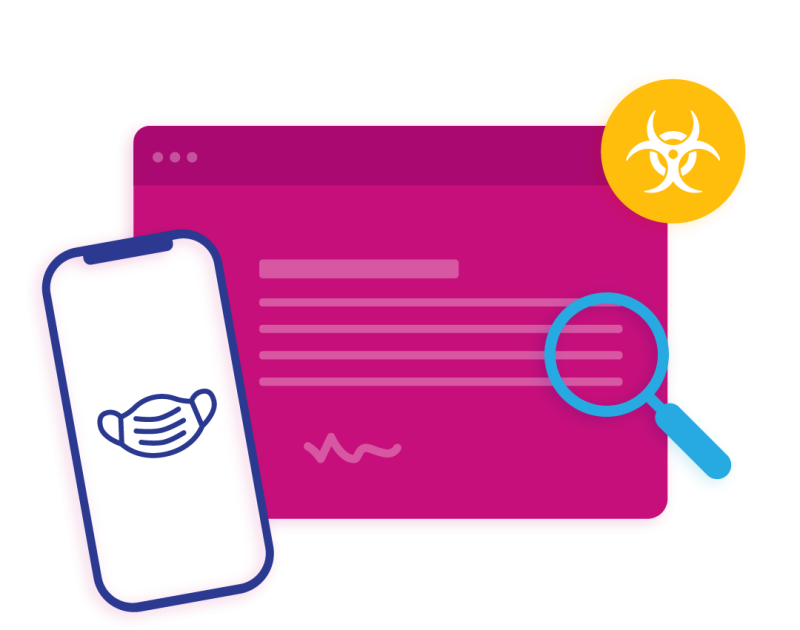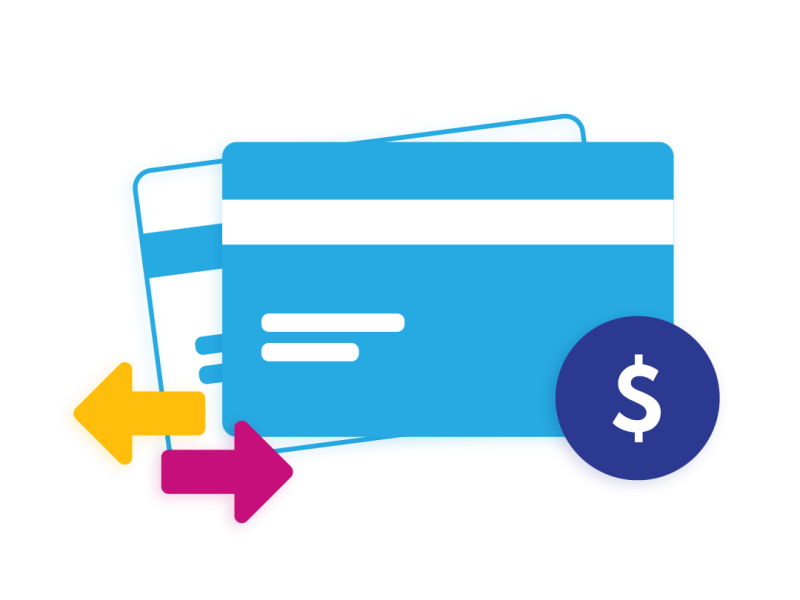
Our Recommendation: All new employees be trained on HIPAA within the first 30 days of their employment and ALL employees get HIPAA training annually.
Our Recommendation: All healthcare workers receive annual training in Hazard Communication, Infection Control, Bloodborne Pathogens, and COVID-19 preparedness and response.

